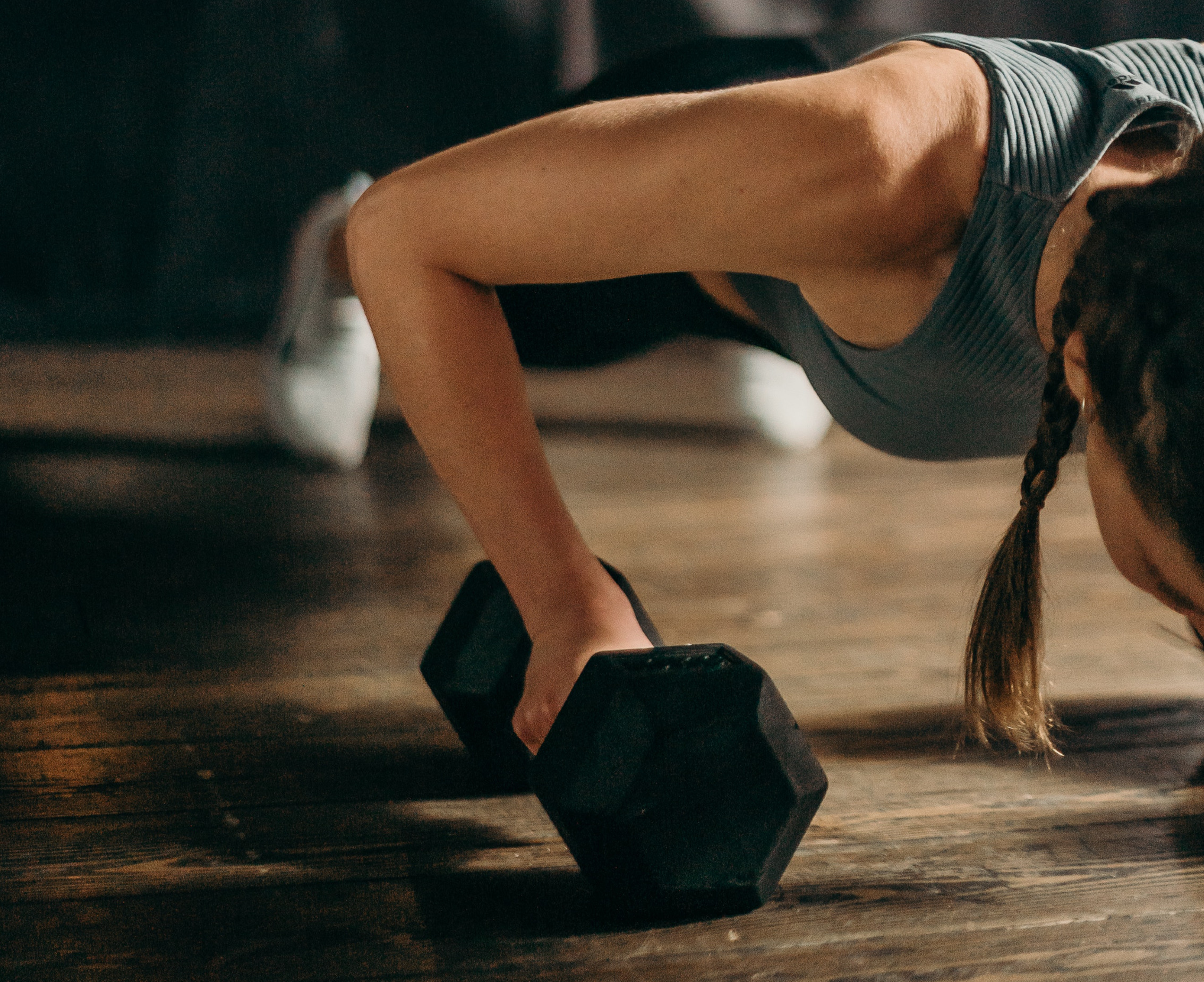Did you know you could be naturally better at either power or endurance exercises? Or, maybe you’re naturally good at both? Depending on your Power vs. Endurance Profile, you can utilise your natural born fitness ability to get the most out of your workout or favourite sport!
Train Smarter, Not Harder: How Your Genes Can Help You Reach Your Workout Goals
Find long distance running difficult? Or, maybe you struggle to lift those heavy weights at the gym? Your genetics could have something to do with it. But, good news... they could also reveal how to utilise your natural abilities and take your training up a notch!
29 Oct, 2021
Your Power Vs. Endurance Profile Is Determined By Your Genes
Your Power vs. Endurance Profile is based on a combination of results from five genes. These are your ACTN3, AGT, AMPD1, PPARGC1A and IL6 genes. These genes influence your fast twitch and slow twitch fibres in your muscles, which are useful for sudden, intense movements (power) and long-duration, low intensity activities (endurance) respectively. They also affect your muscles’ ability to utilize and regulate energy and regenerate after exercise.
Power Profile

People with the Power Profile have enhanced fast twitch fibres and are therefore most suited to high intensity training and sports like sprinting, weight lifting and basketball.
If you have this profile, you should consider upping your workout intensity, even if that means a shorter but harder workout. Your body’s preference for power training (applying maximum force as fast as possible) means it should respond well, experiencing increased strength and muscle definition. This could look like lifting heavier weights with lower reps and sets or high Intensity Interval Training (like CrossFit)!
So, if you’ve always wanted to give Bolt a run for his money or lift those heavy weights at the gym, this is your sign to give it a crack – you’re a born natural!
If endurance exercise (like long-distance running) is taking your fancy you should try incorporating high intensity, interval style running (your body’s natural preference) into your training program to increase your stamina. So go on, start training for that 10km race! Just remember, fast tempo runs and speedy sprints may be more your thing!
Did you know…
Professional sprinters are 7-8 times more likely to have the same ACTN3 gene variation associated with increased muscle power potential – a genetic advantage!
Endurance Profile

People with an Endurance Profile have enhanced slow twitch fibers, which makes them better suited to endurance style training and sports like long-distance running.
If you have this profile, your genes make you naturally great at endurance sports. So, don’t be afraid to challenge yourself by bumping up the distance on your next run. Your body’s preference for endurance training means these challenges should be easy for you compared to others who are more suited to power training.
But, what if you want to give power exercises like lifting weights a go? Not to worry, you can still nail these exercises by approaching them with a lower load or intensity for a longer period of time – an endurance training style for high intensity sports! For lifting weights, start training your muscles with low weights and high reps and sets. To build up your strength and speed for sports like sprinting, build your glute and hamstring muscles (the powerhouses for running faster) by supplementing your running training with endurance style leg workouts. For example, low load leg workouts with more reps and sets. You’ll be a power ninja in no time!
All Rounder Profile

People with an Allrounder Profile have equally favourable fast twitch and slow twitch fibers. Therefore, they’re equally equipped at both power and endurance sports (anything from a marathon to weight lifting) and will likely respond well to either a power or endurance style training approach!
If you have this profile, tailor your training style to your sporting goal. If you want to run that marathon you’ve always said you’ll do, follow an endurance training approach – a low intensity activity (in this case jogging) performed for a longer period of time. But, if your goal is to get a PB in the 100ms, follow a power training approach – applying maximum force as fast as possible (in this case sprinting). Makes sense, right?
If you just want to be an all-round, power and endurance ninja, mix up your workout routine with a variation of activities! Your body will respond well, experiencing maximum fitness and strength benefits. For example, if you enjoy running, try doing a combination of long distance, fast tempo and sprinting runs during your weekly routine. Or, if you’re more of a power sport person, consider adding in a long distance run here and there!
How Do I Find Out My Power vs. Endurance Profile?
Ready to harness your natural abilities and unlock your full potential? Order a myDNA Personalised Wellness Kit to find out your Power vs. Endurance Profile. Not only that, you will also unlock Appetite, Fat storage, Injury Prevention, Fat Burning, Stamina, Body Size and Recovery DNA insights! myDNA, health and wellness your way.
Loved this article? Why not share it on social media?
